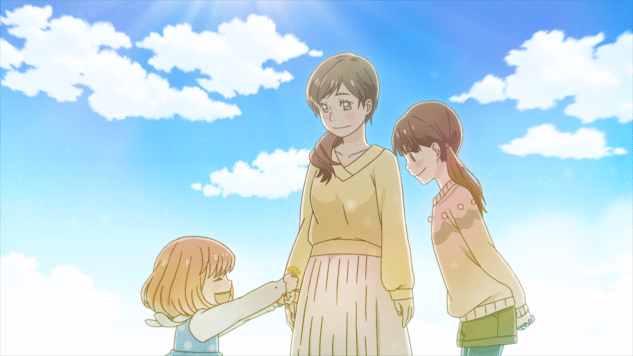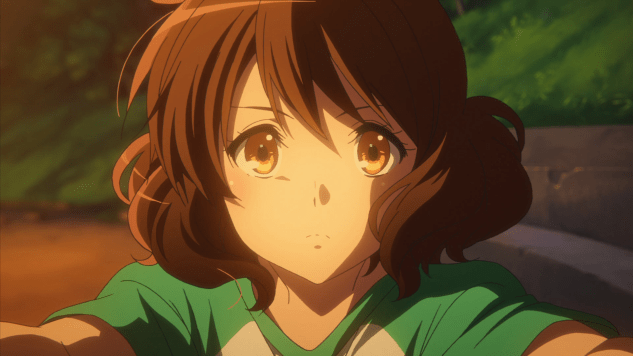
Before I get into my favorite anime of 2018, I’d like to go over some notable shows that could easily swap in for There Goes My Kokoro’s coveted title and still be just as worthy. A Place Further Than the Universe is a show that means the world to me, and an anime that I connected with on a level that I haven’t felt since The Pet Girl of Sakurasou (2012)—uncoincidentally from the same director. Atsuko Ishizuka is an inspirational genius that understands how to convey filmic meaning in ways I hope the industry at large is taking note of. Describing Violet Evergarden as utterly breathtaking wouldn’t even begin to do the show justice. Chief animation director Akiko Takase had already blown my mind with her work on Sound! Euphonium, and now with this showing I don’t think my brain is ever going to truly recover—and this goes without even mentioning the harrowing narrative behind the anime’s immeasurable beauty. Continue reading







